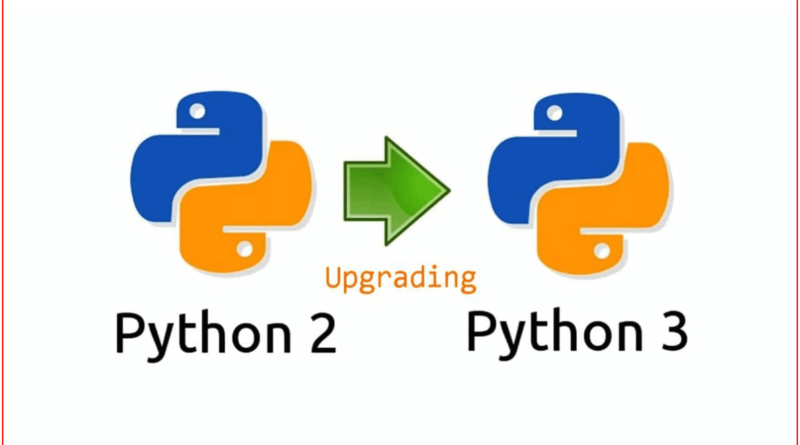A Simple Guide for Migrating from Python 2 to 3 with 2to3 Tools
Introduction
In the ever-evolving landscape of programming languages, Python stands out as one of the most versatile and widely-used languages. With the release of Python 3, many developers faced the challenge of migrating their existing Python 2 codebase to the latest version. To simplify this transition, Python provides a powerful tool called 2to3. In this article, we’ll explore the significance of migrating to Python 3, the challenges involved, and how the 2to3 tools can make this process smoother.
Why Migrate to Python 3?
Python 2 reached its end of life on January 1, 2020, marking the end of official support and updates. This shift to Python 3 was not just a version update; it brought about improvements in syntax, performance, and security. Migrating to Python 3 ensures that your codebase stays relevant, secure, and supported by the Python community.
Understanding the Challenges:
While the benefits of migrating to Python 3 are clear, the process itself can be daunting. The primary challenge lies in the differences between Python 2 and Python 3 syntax. Changes such as print statements, Unicode handling, and division behaviour can lead to errors when attempting to run Python 2 code in a Python 3 environment.
Enter 2to3:
To ease the migration process, Python provides a tool called 2to3. This tool automatically converts Python 2 code to Python 3 syntax by applying a set of predefined fixers. These fixers address common issues such as print statements, Unicode, and library imports.
Check if 2to3 is installed on your system, you can use the following steps. Open your command line or terminal and type the following command:
2to3 --versionIf 2to3 is installed, you should see the version information. If it’s not installed, you might see an error message or a suggestion on how to install it. If 2to3 is not installed, you can usually install it using a package manager. For example, on systems using the pip package manager, you can run:
pip install 2to3Keep in mind that on some systems, 2to3 might be included with the Python installation by default. If you’re using a virtual environment, make sure you activate it before checking or installing 2to3.
How to Use 2to3:
Using 2to3 is a straightforward process. The tool can be invoked from the command line with the following command:
2to3 your_python2_code.pyThis command will print a list of proposed changes without modifying the original files. To apply the changes, you can use the -n option:
2to3 -n -W your_python2_code.pyThe -n option tells 2to3 not to write backup files, and the -W option enables the write mode, applying the proposed changes.
Customizing 2to3:
While the default fixers cover many common issues, you may encounter situations where custom fixes are necessary. 2to3 allows you to create custom fixers tailored to your codebase. Understanding the available fixers and how to create your own can significantly enhance the effectiveness of the migration process.
Testing and Validation:
After using 2to3, it’s crucial to thoroughly test your code to ensure that the migration was successful. Automated testing tools, such as unit tests and integration tests, can help identify any lingering issues. Additionally, manual code reviews and testing in a controlled environment will help catch potential bugs before deploying the migrated code to production.
Conclusion:
Migrating from Python 2 to Python 3 is a necessary step to keep your codebase up-to-date and secure. The 2to3 tool simplifies this process by automating many of the necessary syntax changes. By understanding how to use 2to3 and customizing it to fit your specific needs, you can navigate the migration process with confidence. As Python continues to evolve, staying current with the latest version ensures that your projects remain robust and well-supported by the vibrant Python community.
See more:

